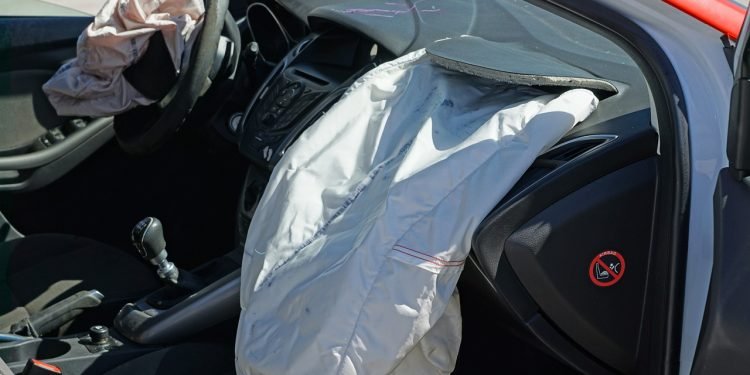In recent years, airbags have become increasingly important in improving driver safety. Airbags are devices that are installed in vehicles and act as a cushion to protect occupants during a collision.
There are many different types of airbags, including frontal, side-impact, and rollover airbags. Each type of airbag is designed to protect occupants in different ways. Frontal airbags are the most common type of airbag and are typically located in the steering wheel or dashboard. Side-impact airbags are usually located in the door panels or seats, and rollover airbags are usually located in the roof of the vehicle.
Airbags have been shown to be effective in reducing injuries and fatalities in accidents. In fact, the National Highway Traffic Safety Administration (NHTSA) estimates that frontal airbags have saved over 25,000 lives since they were first introduced in the late 1980s.
While airbags are not required by law in all vehicles, they are now standard equipment in most new vehicles. Many older vehicles can also be retrofitted with airbags.
If you are involved in a car accident, Airbags can greatly improve your chances of survival and avoid serious injuries. Therefore, it is important to know how they work and how to properly use them.
How Airbags Work:
Airbags are inflated by a small explosive device called a pyrotechnic inflator. The inflator is triggered by sensors that detect a sudden deceleration, such as when a vehicle collides with another object.
When the inflator is triggered, it rapidly generates a large amount of gas, which inflates the airbag. The inflation process is very quick, and the airbag is typically fully inflated within milliseconds.
After the collision, the airbag will deflate quickly so that the driver or passenger can see out of the vehicle and escape if necessary.
Types of Airbags:
Frontal Airbags:
Frontal airbags are designed to protect occupants in a frontal collision, which is the most common type of car accident. Frontal airbags are typically located in the steering wheel or dashboard.
Side-Impact Airbags:
Side-impact airbags are designed to protect occupants in a side-impact collision. Side-impact airbags are usually located in the door panels or seats.
Rollover Airbags:
Rollover airbags are designed to protect occupants in a rollover accident, which is when a vehicle overturns. Rollover accidents are relatively rare, but they can be very dangerous. Rollover airbags are usually located in the roof of the vehicle.
Using Airbags Safely:
Airbags can save lives, but they can also cause injuries if they are not used properly. Here are some tips for using airbags safely:
- Always wear your seatbelt. Seatbelts help keep you in the proper position for an airbag to work correctly.
- Sit up straight and do not lean against the door. Leaning against the door can cause you to be thrown out of the vehicle in a collision.
- Do not put anything on the dashboard. Placing objects on the dashboard can cause them to become projectiles during a collision.
- Do not place infants in rear-facing car seats in the front seat. Infants in rear-facing car seats should always be placed in the back seat.
- Do not disable the airbag system in your vehicle. Airbags are designed to work with seatbelts to provide optimal protection during a collision.
Airbags are an important safety feature in modern cars, and they have been shown to improve driver safety in a number of ways. First, airbags provide a cushion for the driver’s head and body in the event of a collision, which can help to reduce the severity of injuries. Second, airbags can help to prevent drivers from being ejected from their vehicles in a collision, which can also reduce the severity of injuries. Third, airbags can help to absorb some of the energy from a collision, which can reduce the risk of serious injuries or death.
There is no doubt that airbags have improved driver safety in a number of ways. However, it is important to keep in mind that they are just one part of a car’s safety system. Other important safety features include seat belts, anti-lock brakes, and stability control systems. While airbags can help to reduce the severity of injuries in a collision, these other safety features can help to prevent collisions from happening in the first place.
Conclusion:
Airbags are an important safety feature that can help reduce injuries and fatalities in accidents. It is important to know how they work and how to use them properly. When used correctly, airbags can help you survive a car accident.

















































